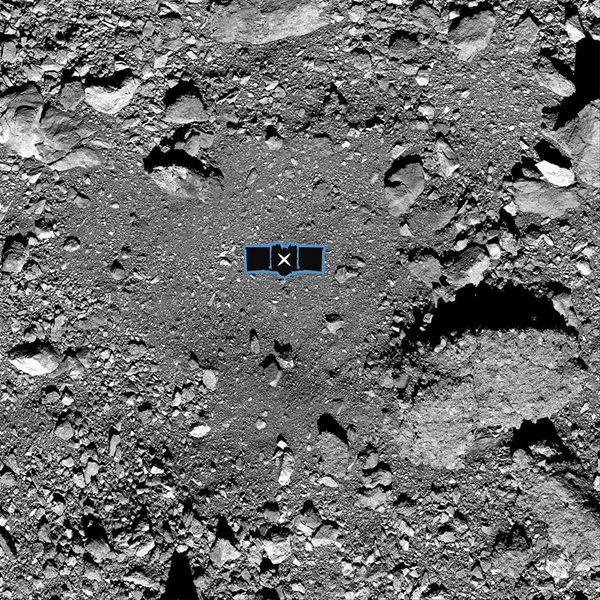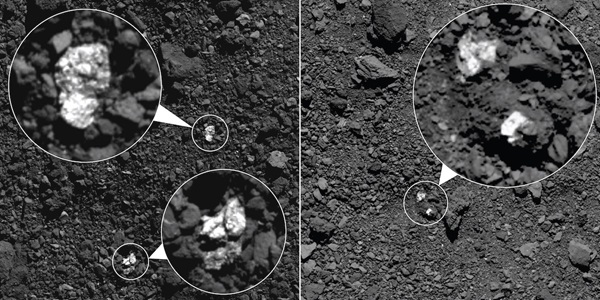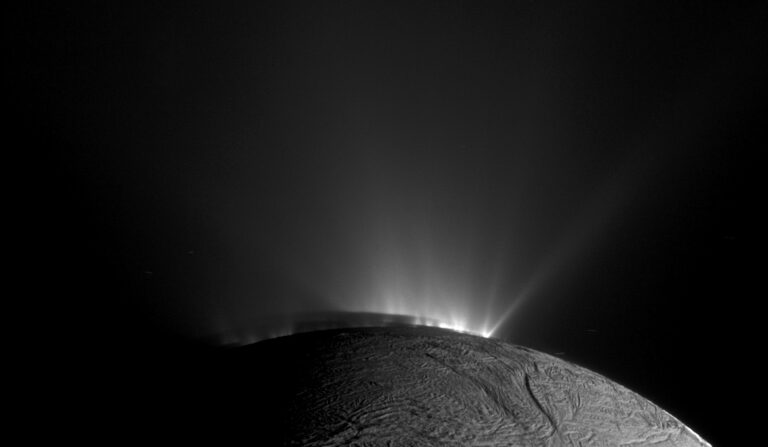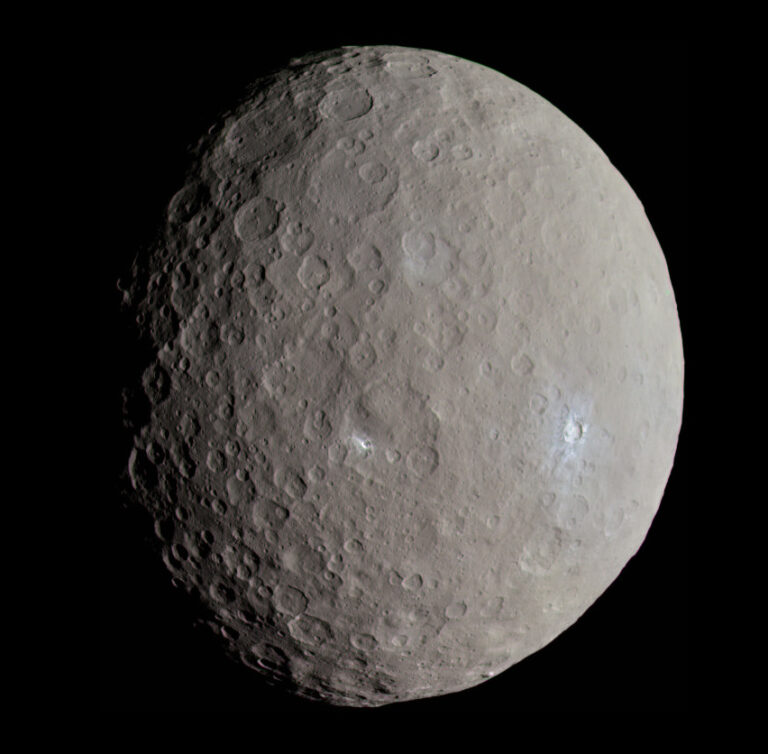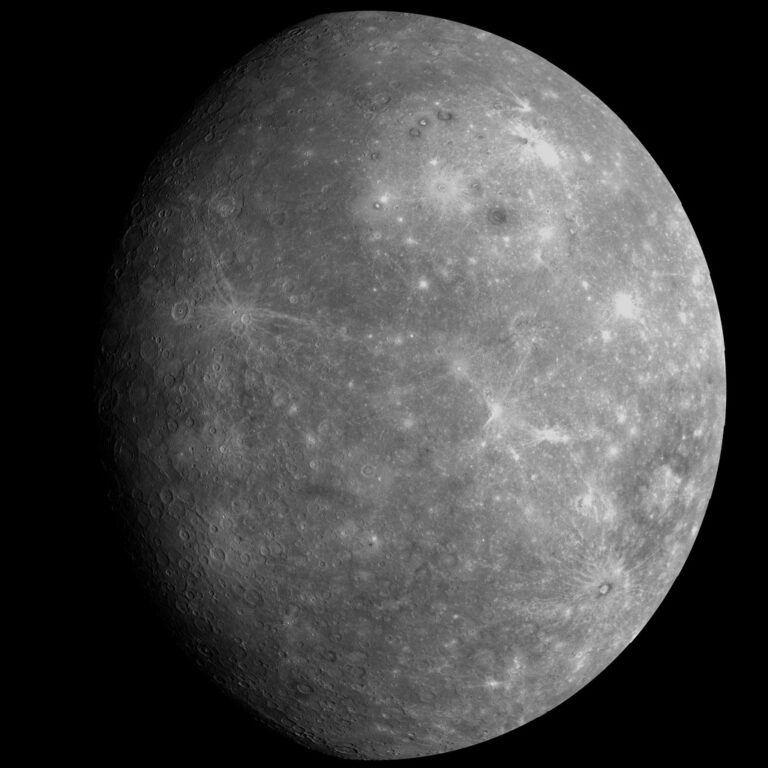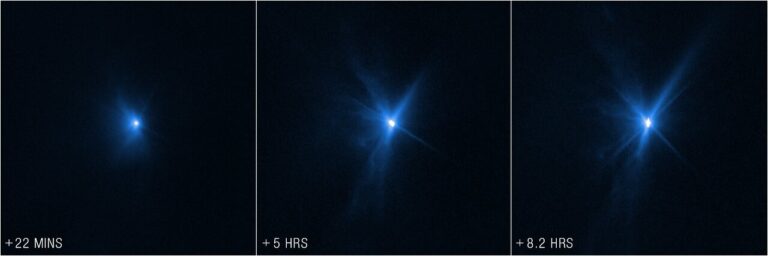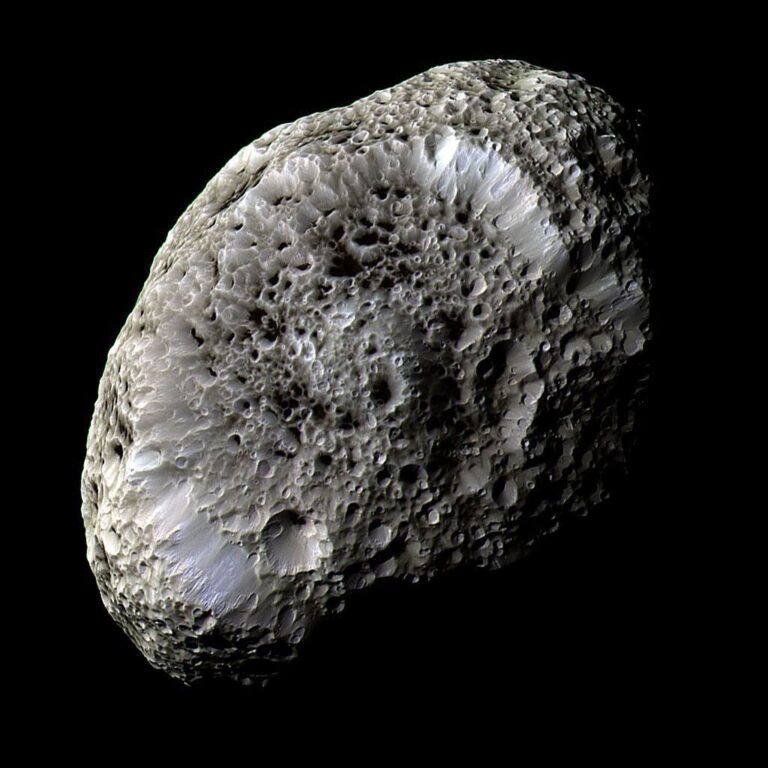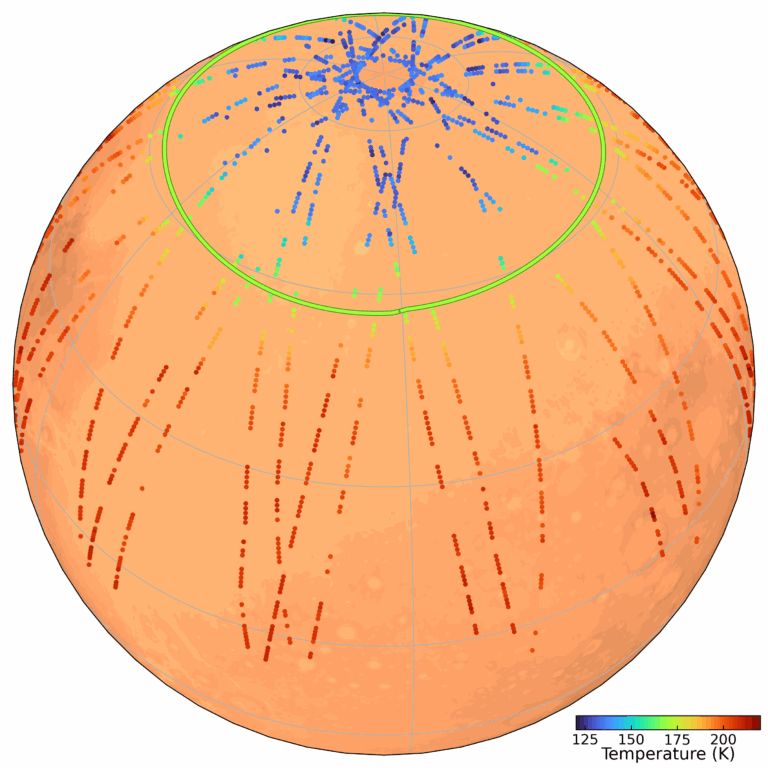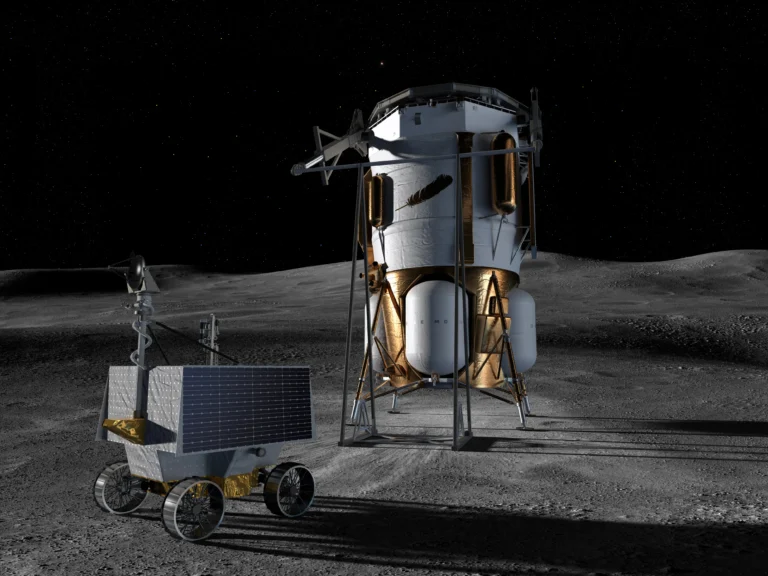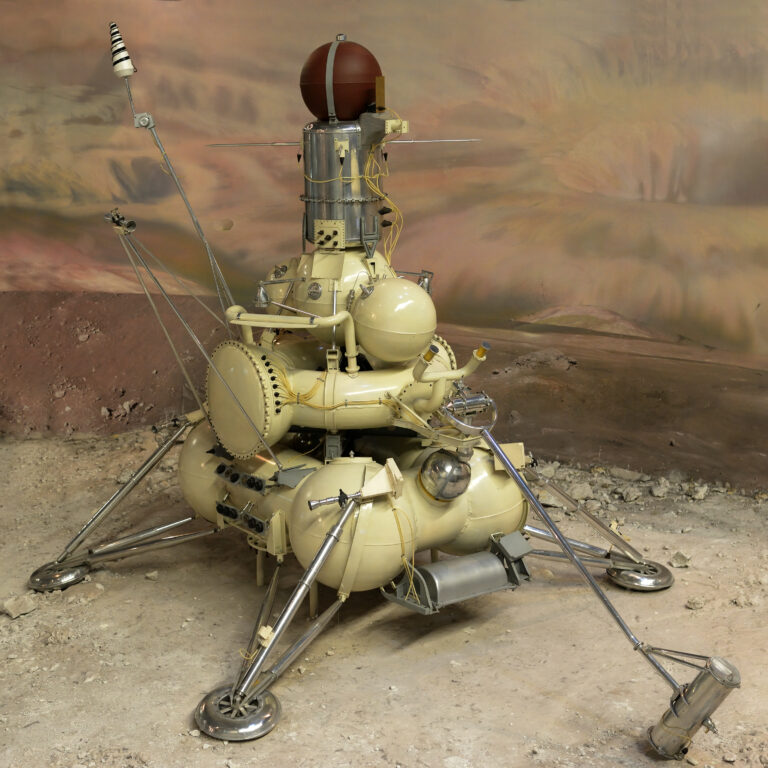Key Takeaways:
The rehearsals are over — it’s time for the show.
Tomorrow afternoon, more than 200 million miles (322 million kilometers) from Earth, the OSIRIS-REx spacecraft will take center stage as it attempts to touch down on the near-Earth asteroid Bennu to collect samples from its surface.
The main event on October 20 will last only 10 seconds, but it’s been decades in the making. To prepare for the momentous task, OSIRIS-REx has twice practiced making close approaches to Bennu in April and August. If it succeeds tomorrow, it plans to return to Earth next year with the largest haul of pristine asteroid samples ever obtained.
OSIRIS-REx — short for Origins, Spectral Interpretation, Resource Identification, and Security-Regolith Explorer — is the third mission to nick rocks off an asteroid, following Japan’s two Hayabusa missions. The most recent, Hayabusa2, is currently en route back to Earth with what JAXA hopes is several grams of the asteroid Ryugu that it collected last year. But NASA’s OSIRIS-REx aims to bring back at least 60 grams of samples from Bennu’s surface, and it might even score a kilogram or more.
This sequence of images shows Bennu’s rotation over a four-hour period on December 2, 2018.
NASA/GSFC/University of Arizona
Bennu is a dark rubble-pile some 1,640 feet (500 meters) across. Currently a collection of boulders and rocks, scientists think Bennu originally came from a much larger parent body that was about 62 miles (100 kilometers) wide. This parent body, they think, formed within the first 10 million years of the solar system. But Bennu’s collision-induced birth likely came a few billion years later.
Once scientists get the samples collected by OSIRIS-REx back to the lab, they’ll be able to unleash the most powerful equipment available upon the material. And what they find could help shed light on the origins of water in the solar system, as well as life on Earth.
Bennu is also a potential threat: there’s a roughly 1-in-2700 chance it will impact Earth in the late 22nd century, with an energy equivalent to nearly 30 times the most powerful nuclear weapon ever tested, the Tsar Bomba. While not an immediate concern, the mission aims to nail down the exact odds of a collision, which would help scientists better understand how a future mission could deflect such an asteroid.
Park that thing
Getting to the mission’s touch-and-go (TAG) attempt has been far from easy. OSIRIS-REx was thrown for a major loop as soon as it arrived at its destination — one that required a complete mission overhaul.
Bennu was chosen as a target in part because data from ground- and space-based telescopes indicated it had a smooth, inviting surface. The team expected the surface layer of material — the regolith — would be fine-grained, with the consistency of gravel or even sand. That was a perfect fit for the craft’s robotic sampling arm known as TAGSAM (short for Touch-and-Go Sample Acquisition Mechanism), which was designed to handle material 0.8 inches (2 cm) across or smaller.
But when OSIRIS-REx arrived and sent back its first images in 2018, the team got a nasty shock: rather than being a smooth, sandy beach, Bennu’s surface was strewn with rugged boulders the size of houses. “I knew right away we were in for a challenge,” said Dante Lauretta, a planetary scientist at the University of Arizona and the mission’s principal investigator, at a September 24 media briefing.
“Our team knew immediately that we would need to adapt our methods and come up with some new capabilities,” added Mike Moreau, OSIRIS-REx deputy project manager at NASA’s Goddard Space Flight Center (GSFC). “There were just no places on Bennu that even came close to what we had designed the system for.”
Lockheed Martin, which built and operates the spacecraft, worked with the mission management and engineering team at GSFC to develop new hazard avoidance software that can wave off landing attempts that look like they’re destined for trouble. The team also worked with the space navigation firm KinetX Aerospace to improve the craft’s thruster performance, allowing it to maneuver more precisely.
After mapping the entire asteroid in 3D with the spacecraft’s cameras and laser altimeter, the team chose their landing site, dubbing it Nightingale.
OSIRIS-REx approaches the Nightingale landing site at an altitude of about 131 feet (40 meters) in this sequence of images from the August 11 TAG rehearsal. The large boulder that the craft passes over is two stories tall and nicknamed “Mount Doom”.
NASA/GSFC/University of Arizona
To get to Nightingale, the van-sized spacecraft will have to navigate around a two-story boulder that the team dubbed “Mount Doom,” aiming for a target area barely the size of a couple of parking spaces.
OSIRIS-REx’s sample collection head dangles off the bottom of the craft. When it contacts the surface, it will release a burst of pressurized nitrogen gas that will stir up dust and gravel. If the head manages to find clean contact with the surface, it will funnel those particles into a collector inside its rim. Seconds later, the craft will fire its retro thrusters and zip away from the asteroid — and the rubble-cloud it kicked up — to safety.
“Years of planning and hard work by this team are essentially coming down to putting the TAGSAM into contact with the surface for just 5 to 10 seconds,” said Moreau.
If it doesn’t work — for instance, if the collection head catches on a rock and fails to make flush contact — the team is prepared to try another TAG attempt in January at a backup site, nicknamed Osprey. But it doesn’t have unlimited tries: TAGSAM is equipped with a total of only three nitrogen canisters. One way or another, the craft is scheduled to depart Bennu in March 2021 and deliver its samples to Earth on September 24, 2023.
On a roll
Already, OSIRIS-REx has returned an impressive amount of science in the nearly two years since it arrived at Bennu. On October 8, mission researchers published six papers in the journals Science and Science Advances covering a wide range of Bennu’s unique characteristics and mysteries.
They include another surprise that greeted OSIRIS-Rex when it arrived: the asteroid has an active surface, with eruptions of coin-sized pebbles that fly off into space, ejected by causes that remain undetermined. “It was a little scary at first,” said Lauretta. But, he added, it wound up being a “real bonanza” for studying Bennu’s gravitational field.
“They get accelerated by solar radiation pressure — kind of like a light sail — and they launch into orbit, and they go around the asteroid for multiple revolutions, before re-impacting back on the surface,” explained Lauretta. “And because we have hundreds of them, this allowed us to probe the gravity field of Bennu at a scale we never thought possible when we were designing the mission.”
The gravity measurements indicate that Bennu’s density isn’t constant throughout, though. Instead, it’s clumpy, with denser regions towards the poles and less dense material at its core and equator, “It’s as if there is a void at its center, within which you could fit a couple of football fields,” said study leader Daniel Scheeres of the University of Colorado Boulder in a press release.
Another completely unexpected find was that Bennu’s surface ages differently from other asteroids and the Moon: typically, those bodies turn dark and red as they are bombarded by cosmic rays and micrometeorites. But Bennu turns blue as it weathers and becomes brighter. “This is an exciting finding because it tells us that something about Bennu is quite different from planetary surfaces we’ve observed,” Daniella DelleGuistina, a research scientist at the University of Arizona who led the work, tells Astronomy.
DelleGuistina hopes to further investigate this behavior with samples returned from Bennu. The Nightingale target site is relatively pristine, so researchers could try to recreate the space weathering process in the lab, using high energy lasers to shock and irradiate the samples, then observe what chemical changes cause the bluing, she says.
On top of that, it appears that some of Bennu’s boulders come from another world — the asteroid Vesta. In a study published in Nature Astronomy on September 21, DelleGuistina and her colleagues reported some unusually bright boulders appearing among the dark fields of Bennu. Observations from OSIRIS-REx revealed that they are full of pyroxene, a signature of material that originated from Vesta.
This suggests that members of the asteroid belt are not as socially distanced as we might have thought — impacts can blast bits of one asteroid into space that eventually land on another world.
“There have been so many surprises from Bennu — it has been a scientific treasure trove,” says DellaGiustina.
But the mission’s prime focus comes down to the 10 seconds or so that it will spend in contact with the surface of Bennu tomorrow. “This is a first for NASA, so I am excited and a little nervous,” says DellaGuistina. “Hundreds of phenomenal scientists and engineers have worked to minimize the risks associated with this sampling attempt, and I’m hoping it pays off.”
How to watch
Coverage on NASA’s livestream starts at 5 p.m. Eastern Daylight Time; the TAG attempt is scheduled for 6:12 p.m. EDT. You can also watch the livestream directly below.
However, we may not know whether the mission was fully successful until several days later. The team will examine images of TAGSAM and measure how much material it collected by setting the entire craft into a slow spin and noting its change in the moment of inertia.
NASA has scheduled a press conference for Wednesday at 5 p.m. EDT to announce preliminary results of the TAG attempt and release new images. But a detailed determination, including the mass measurement of the samples, may take a week or so, Lauretta said.


